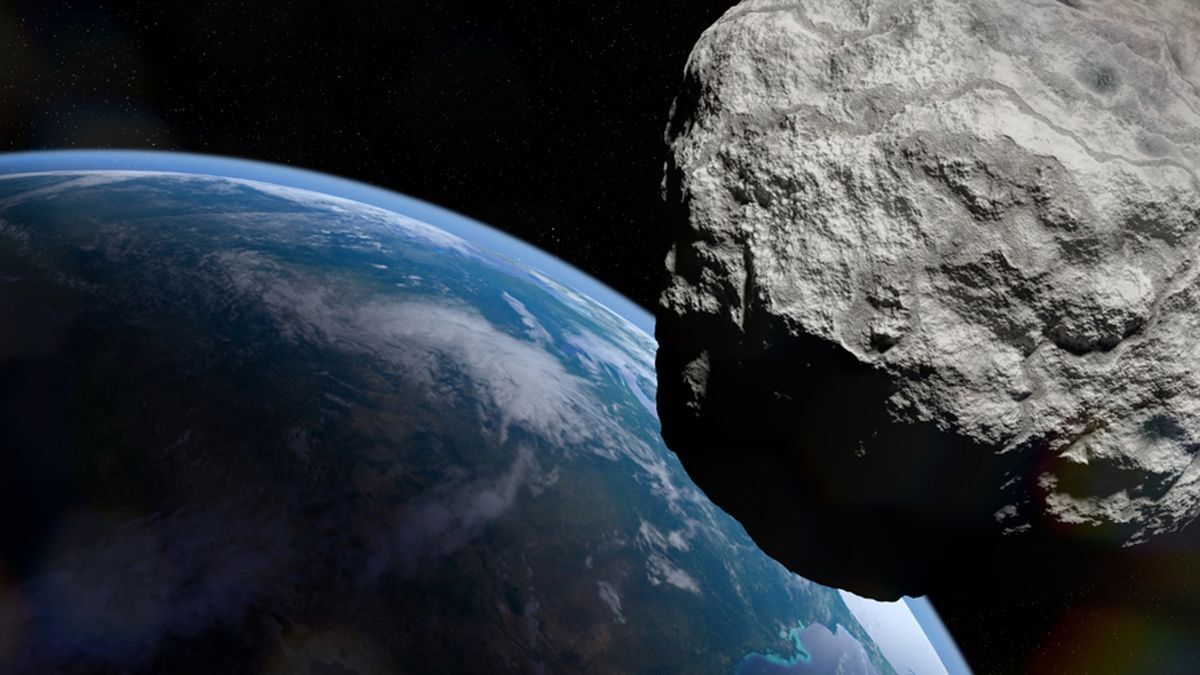In the wee morning hours on Sunday (Jan. 21), a tiny asteroid came hurtling through the sky and smashed into Earth’s atmosphere near Berlin, producing a bright but harmless fireball visible for miles around. Such sightings typically occur a few times a year — but this one was unique because it was first detected by scientists roughly three hours before impact — only the eighth time that researchers have spotted one of these space rocks before it hit.
The asteroid, dubbed 2024 BXI, was first discovered by self-proclaimed asteroid hunter Krisztián Sárneczky, an astronomer at the Piszkéstető Mountain Station, part of Konkoly Observatory in Hungary. He identified the cosmic rock using the 60-cm Schmidt telescope at the observatory. Shortly after the space rock’s discovery, NASA gave a detailed prediction of where and when the meteor would strike.



Of course. Plus the painting part isn’t as necessary, as they tend to be really small and really dark, so even if the sun is shining at them they’re not easy to detect at all. Case in point: This thing.
This is made a lot tougher by the modern software that has to filter out fast-moving small interferences because of all the Starlink crap up there, making identifying other, slower, interference as asteroids comparatively tricky. Luckily those microsatellites are failing so fast, maybe it’ll all get called off and astronomy gets a bit easier again…
To be fair, in the Expanse they were trying to attack an Earth that was acting towards space the way that America and the Soviet Union acted towards the world at the height of the cold war
Found the belta
But in reality, the expanse is a really good mirror to the current situation in Gaza. Hardline factions force each other to take retaliatory action and civilians suffer on mass. Both sides are victim and perpetrator at the same time and the people that pay the price were not those that made the decisions.
It’s not just black, the belters painted the rocks with radar absorbing paint that stopped earth from seeing them with military systems before they hit the atmosphere.
If I recall correctly in the book it wasn’t just painted black but had a stealth coating that blocked radar, heat and a bunch of other stuff as well
I’ve heard the argument that we are approaching the limit of what we can do with surface-based astronomy.
So I googled it, and found this well written article. Although not really cited, it does discuss the potential impact this has on detecting Potentially Hazardous Objects/Asteroids (PHO or PHA). It also touches on the current failure rate, estimates of future LEO satelite… populations (i guess?), as well as the potential debris they could cause.
https://bigthink.com/starts-with-a-bang/ground-based-astronomy/
As far as I can tell, after a bit of a bumpy start they are pretty much ending their lifespan as predicted and starlink is also now reported to be cash flow positive.
So good luck with the whole “end LEO internet constellations” thing.
Instead perhaps we should push for a mandate for constellation sats to have a small spacewards-looking scope. There’s enough of them up there that you can trade a small field of view for good light gathering capacity as each one doesn’t have to survey large areas of the sky at once. The 4000 or so up there would give an excellent aggregate all-sky view for this kind of work.